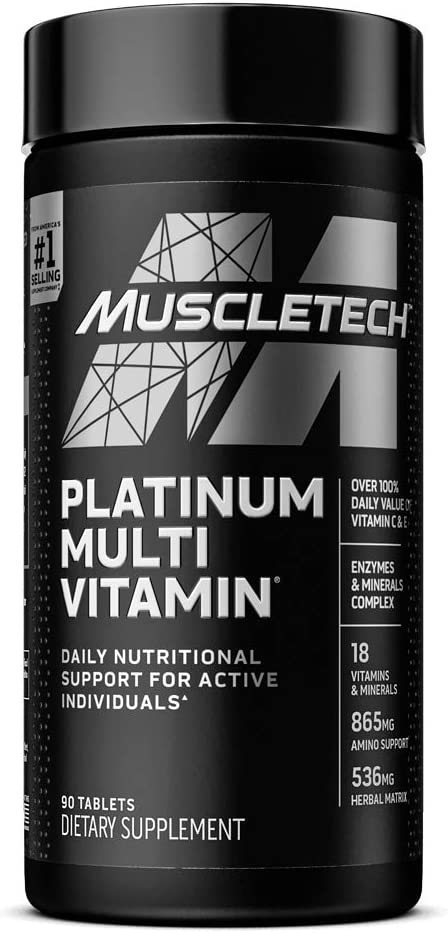Table of Contents
- Introduction
- Benefits of Running
- Setting Realistic Goals
- Choosing the Right Running Gear
- Preparing for Your Run
- Warm-Up Exercises
- Stretching Techniques
- Starting Your Running Routine
- Building Stamina
- Setting Your Pace
- Staying Hydrated
- Avoiding Common Mistakes
- Overtraining
- Incorrect Running Form
- Nutrition for Runners
- Pre-Run Meals
- Post-Run Recovery
- Staying Motivated
- Tracking Your Progress
- Joining a Running Community
- Preventing Injuries
- Listening to Your Body
- Incorporating Rest Days
Now, let’s delve deep into each section, providing you with extensive insights:
1. Introduction
Benefits of Running
Running offers numerous physical and mental health benefits. It enhances cardiovascular fitness, aids in weight management, and reduces stress. Moreover, running boosts your mood by releasing endorphins, making it an excellent choice for improving mental well-being.
Setting Realistic Goals
Establishing achievable goals is crucial for a beginner. Start with attainable targets, such as running for 20 minutes without stopping, and gradually increase your mileage. This gradual progression not only prevents overexertion but also provides a sense of accomplishment with each milestone achieved.
Choosing the Right Running Gear
Selecting suitable footwear and clothing is essential for a comfortable and injury-free running experience. Invest in quality running shoes that provide proper support for your feet and reduce the risk of injuries. Additionally, moisture-wicking clothing helps keep you dry and comfortable during your runs.

Animal Pak – Convenient All-in-One Vitamin Pack Supplement – Zinc, Vitamins C, B, D, Amino Acids and More – Sports Nutrition Performance Multivitamin for Women & Men – Updated Version – 44 Count
2. Preparing for Your Run
Warm-Up Exercises
Proper warm-up routines loosen muscles and prevent injuries. Learn some effective warm-up exercises, such as leg swings, arm circles, and light jogging in place. Warming up gradually increases your heart rate and prepares your body for the demands of running.
Stretching Techniques
Explore stretching techniques to improve flexibility and prevent muscle tightness. Incorporating dynamic stretches, like high knees and butt kicks, into your warm-up routine can further enhance your running performance. After your run, static stretches, such as calf stretches and hip flexor stretches, can help improve flexibility and reduce post-run muscle soreness.
3. Starting Your Running Routine
Building Stamina
Building stamina is a fundamental aspect of a beginner’s running program. Begin with a run-walk strategy, alternating between running and walking intervals. Over time, increase the duration of your running intervals while decreasing the walking portions. This gradual approach allows your body to adapt to the demands of running and minimizes the risk of overuse injuries.
Setting Your Pace
Understanding your pace and how to control it is vital for a beginner runner. To find your ideal pace, focus on running at a conversational pace where you can comfortably hold a conversation while running. This ensures that you’re not pushing yourself too hard and can maintain a sustainable pace throughout your run.
Staying Hydrated
Learn about the importance of staying hydrated during your runs and how to maintain proper fluid intake. Dehydration can lead to decreased performance and an increased risk of cramps and heat-related illnesses. Be sure to drink water before, during, and after your runs to stay adequately hydrated.

Nature Made Multivitamin Tablets with Iron, Multivitamin for Women and Men for Daily Nutritional Support, 130 Tablets, 130 Day Supply
4. Avoiding Common Mistakes
Overtraining
Many beginners fall into the trap of overtraining as they’re eager to see quick progress. However, overtraining can lead to burnout and injuries. Listen to your body and incorporate rest days into your routine to allow for recovery. Gradually increase your weekly mileage to avoid overexertion.
Incorrect Running Form
Maintaining the right running form reduces the risk of injuries and improves efficiency. Focus on a relaxed posture, a slight forward lean, and a midfoot strike. Avoid overstriding and excessive heel striking, which can lead to joint stress and injuries.
5. Nutrition for Runners
Pre-Run Meals
Discover suitable pre-run meal options that provide the necessary energy for your runs. Opt for easily digestible carbohydrates like oatmeal or a banana about 1-2 hours before your run. Avoid heavy or greasy foods that can lead to digestive discomfort during your run.
Post-Run Recovery
Learn about post-run recovery strategies to help your body recuperate after a workout. Consuming a combination of carbohydrates and protein within 30 minutes of finishing your run can aid in muscle recovery and replenishing glycogen stores. Additionally, don’t forget to hydrate and stretch to reduce post-run soreness.

Optimum Nutrition Opti-Men, Vitamin C, Zinc and Vitamin D, E, B12 for Immune Support Mens Daily Multivitamin Supplement, 240 Count (Packaging May Vary)
6. Staying Motivated
Tracking Your Progress
Use various methods to track your running progress and stay motivated on your journey. Consider using a running app or a fitness tracker to monitor your distance, pace, and achievements. Setting small, achievable goals and celebrating your milestones can also boost motivation.
Joining a Running Community
Explore the benefits of joining a running community and how it can enhance your running experience. Running with others can provide accountability and motivation. Look for local running clubs or online communities where you can connect with fellow runners and share your experiences.
7. Preventing Injuries
Listening to Your Body
Your body provides valuable signals. Learn to listen to them to avoid injuries and setbacks. If you experience persistent pain or discomfort during or after a run, it’s essential to address it promptly. Ignoring warning signs can lead to more severe injuries.
Incorporating Rest Days
Rest days are crucial for recovery. Discover how to incorporate them into your running routine. Rest allows your body to repair and strengthen muscles, reducing the risk of overuse injuries. Aim for at least one or two rest days per week, depending on your training intensity.

Multivitamin for Men | MuscleTech Platinum Multivitamin | Vitamin C for Immune Support | 18 Vitamins & Minerals | Vitamins A C D E B6 B12 | Daily Workout Supplements | Mens Multivitamins, 90 ct
Conclusion
Embarking on a running program for beginners can be a deeply rewarding experience. By following the tips and strategies outlined in this extensive guide, you’ll not only become a more confident and successful runner but also enjoy the multitude of physical and mental health benefits that running offers. Remember, consistency and patience are key on your journey to becoming a proficient runner.
FAQs (Frequently Asked Questions)
How often should a beginner run?
For beginners, it’s advisable to start with 2-3 days a week and gradually increase as your fitness improves. Listen to your body’s signals for rest.
What should I eat before a run?
Opt for easily digestible carbohydrates like oatmeal or a banana about 1-2 hours before your run. Avoid heavy meals that can lead to digestive discomfort.
How can I avoid shin splints?
Ensure you have proper running shoes, and don’t increase your mileage too quickly. Gradual progression is key to preventing shin splints.
Is it normal to experience muscle soreness after running?
Yes, it’s common, especially for beginners. Proper stretching and recovery techniques can help alleviate muscle soreness.
How long does it take to see progress in running?
Progress varies from person to person, but most beginners notice improvements in endurance and stamina within a few weeks of consistent training.
